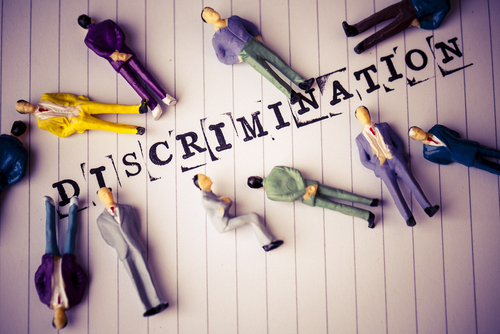
Experiencing gender-based discrimination, a.k.a. sex discrimination, at your workplace can be quite hard to deal with — especially from a legal perspective. But if you take care to collect all the necessary evidence then seeking a legal remedy can prove to be much simpler than perhaps you thought. So, if you are unsure how to go about proving that you were subjected to sex discrimination at your workplace, here are some tips:
1. The first step is to jot down all the details about the incident. This includes the date(s) of the said incident(s) along with the name(s) of the person/people involved in it and what they said to you.
In addition to that, it is imperative that you also make a note of the following details:
- Whatever you can remember about any evidence that may have been unintentionally lost. Say, there’s probably an email that you may have deleted before you became aware of the fact that it was significant.
- The protected characteristic that constitutes the aforementioned unlawful treatment. In case of sex discrimination, the protected characteristic would be your gender.
- Then elaborate how the unfair treatment has had an impact on you. It could be the financial impact of being skipped over for a promotion or the emotional toll that being harassed took on you.
- Also, gather all possible receipts for extra expenses that were a direct consequence of the incident. E.g. if you were dismissed and have been searching for a new employment opportunity, you could save receipts for interview costs, etc.
2. The next step is gathering proof; this could include documents, your, or perhaps even an eye witness account of the incident. Anything that can throw light on the events, such as emails, letters, screenshots of texts shared on social media platforms or texting platforms, etc., counts as evidence. Besides that ensure that your employer has all that they are required to do. For this, you will need copies of your contract as well as internal policies, if any, on issues such as equal opportunities or bullying.
Further, if you are unable to collect relevant documents or evidence to demonstrate the discrimination, your record of the incident, who was involved, and what they said/did can also constitute proof, then do so.
3. Now, you should try and see if there is anyone else who either saw or may be even just heard what happened. See if their version of events supports your claim and ask if it would be okay for you to name them while filing your complaint.
4. In case you there are several incidents of sex discrimination, note them all down in the order of the dates they happened.
5. When it comes to collecting evidence from your employer, especially one that isn’t available publicly, ask for it in writing. This way, you will have proof that you in fact asked for the documentation and information you needed for your claim.
6. Once the evidence has been put together, you should see overall how well every facet of your claim can be proven. It is advisable to pursue the parts for which you don’t have enough proof and, instead, concentrate on the parts that can be proven with much more ease.
Once you’ve collected as much evidence as possible about your sex discrimination claim and carefully evaluated the evidence, you can proceed with either an informal complain to the employer or by raising a complaint. You can also file a complaint with a concerned tribunal.
Our Employment Law Solicitors can assist with all types of claims and where possible on a no win, no fee basis. Naturally, we pride ourselves on providing the best possible service to the highest standards, we offer employment law advice on all problems. Call us on 020 3923 4777 or 020 3923 4777
Tom Street qualified as a solicitor in 2003 and has over 20 years experience in employment and litigation law. He studied law at the University of Manchester before undertaking the legal practice course at the College of Law in Guildford, going on to complete his legal training at a firm in Chancery Lane, London. Once fully qualified, he moved to a niche litigation practice in the City of London.
In 2010, Tom set up his own legal practice, Tom Street & Co Solicitors and as part of this, in accordance with his strongly held objective to provide everyone with an easy pathway to justice he established the online portals Do I Have A Case? and Tribunal Claim. These websites are trading names of Tom Street & Co Solicitors.